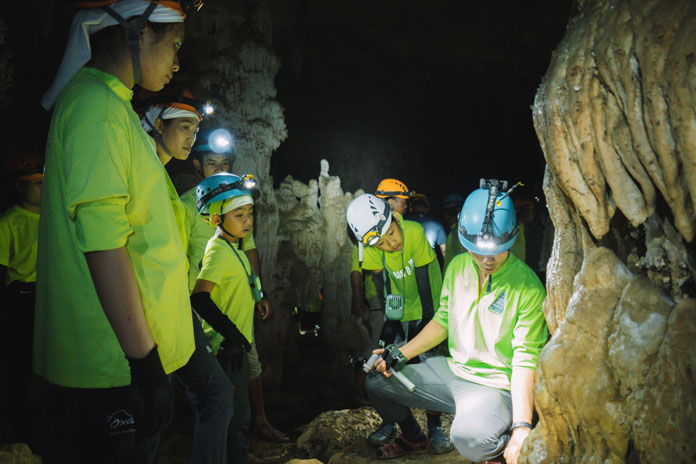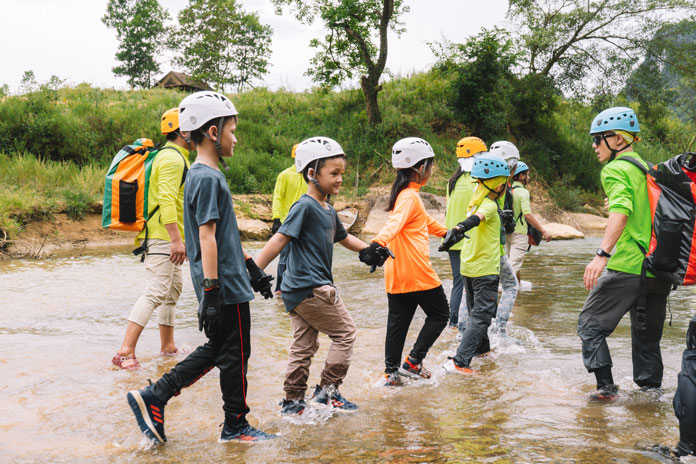Fansipan Mountain Sapa: Vietnam's Iconic Highest Peak
Fansipan Mountain, the highest mountain in Vietnam and all of Indochina, stands tall at 3,147 meters. Known as the “Roof of Indochina,” it’s a must-see for nature lovers and thrill-seekers. Whether you're tackling the summit by hiking or soaring up with the famous cable car, this adventure offers breathtaking views and unforgettable experiences. In this guide, you'll find everything you need to know - from practical tips and hiking routes to must-see highlights. Ready to conquer Vietnam’s iconic peak? Let’s dive in!
7 Facts About Fansipan Mountain, Sapa
- Fansipan is the highest mountain in Vietnam and Indochina, standing at 3,147 meters.
- It is located in the Hoang Lien Son mountain range, within Hoang Lien National Park, a UNESCO-recognized area.
- Fansipan is famously known as "The Roof of Indochina," attracting nature lovers and adventure seekers.
- Situated 9 km southwest of Sapa, it forms part of the eastern extension of the Himalayas.
- Once a "holy grail" for climbers, Fansipan has become more accessible with the development of a cable car system.
- The mountain experiences extreme weather conditions, including fog, mist, and occasional snow in winter.
- Fansipan holds cultural and spiritual importance for the local ethnic groups, such as the H'mong and Tay people, who consider it sacred.
Marvel at stunning vistas from Fansipan Mountain, the rooftop of Indochina.
Why Fansipan Mountain Should Be on Your Travel List
Breathtaking views from the summit
Fansipan mountain offers some of the most stunning views in Vietnam. From the summit, you can admire the panoramic beauty of Muong Hoa Valley and its lush terraced rice fields - an iconic sight of Sapa. On misty days, you might even witness the mesmerizing "sea of clouds", where fluffy clouds roll over the peaks, creating an otherworldly landscape. It’s nature at its most dramatic and serene.
Thrilling hike for the adventurous
For those who love a challenge, the hike to the Fansipan peak is a must. The hike usually takes 2-3 days, depending on your fitness level, and offers an authentic, raw experience of Vietnam’s northern mountains. You’ll pass through dense forests, cross streams, and navigate steep inclines. Along the way, you'll meet local H’mong and Tay ethnic minorities, who will share their stories and traditions.
The summit of Fansipan reveals breathtaking views above the clouds for adventurers.
Fansipan cable car: a unique experience
If hiking isn’t your thing, no worries! The Fansipan cable car offers a quick, exhilarating way to reach the summit. The ride is a journey in itself - spanning 6,000 meters and taking you over breathtaking landscapes at an altitude of over 3,000 meters. You'll feel the wind in your face and get a bird’s-eye view of the beautiful terraced rice fields and valleys below. It’s perfect for families or anyone looking to experience the beauty of Fansipan without breaking a sweat.
Cultural insights at the summit
At the summit, you'll find a large bronze statue of the Bodhisattva Avalokitesvara, which represents peace and serenity. This spiritual site adds a cultural dimension to your experience, and many visitors take time to reflect and enjoy the peaceful atmosphere. It's a unique combination of nature and culture that makes Fansipan mountain even more special.
Fansipan's cable car provides a scenic ride to the mountain's iconic peak.
Best time to visit Fansipan
The best time to visit Fansipan is from late September to April, with each season offering something unique.
- Spring (March–May) is especially magical, with cherry and plum blossoms painting the slopes in vibrant colors. By late April, azaleas bloom, creating a stunning red landscape that’s perfect for photos.
- Summer (June–August) brings cool weather to Fansipan, making it ideal for climbing. However, it's also the rainy season, so keep an eye on the forecast before heading out. You'll find flowers like roses, sunflowers, and hydrangeas competing with the mist for attention.
- Autumn (September–November) is considered the most beautiful time. The rainy season has ended, and the weather is cool and pleasant. It’s harvest season, so the terraced rice fields glow golden against the backdrop of the mountains, offering a breathtaking view.
- Winter (December–February) brings snow, which is rare in Vietnam but a special experience in Sapa. Many travelers come to see the snow-covered peaks and enjoy the crisp, chilly air, perfect for those seeking a winter adventure.
No matter when you visit, Fansipan’s beauty will always leave you in awe.
The best time to visit Fansipan is during dry and clear-weather months.
How to Reach Fansipan Mountain in Sapa, Vietnam
There are 2 ways to get to Fansipan mountain:
1. Fansipan Cable Car
If you’re heading to Sapa, a visit to Fansipan is likely on your list, and there's now an easy way to conquer the "Roof of Indochina" without the steep hike: the Fansipan cable car. Opened in 2016, this world-record-holding cable car system is the longest three-rope cable car in the world, stretching an impressive 6,292 meters. With a journey time of just 15 minutes, it offers jaw-dropping aerial views of lush valleys and towering peaks along the way.
The best part? You'll gain an elevation of 1,410 meters during that short ride, making you feel like you've scaled the entire mountain in no time. However, keep in mind that the summit can get crowded, especially with tourists eager to take in the views. For those seeking a quieter, more intimate sunrise experience, the hike might be the better option.
Here’s what you need to know about the Fansipan cable car ride:
Ticket Price:
- Adult ticket: 850,000 VND (around $32) for a round trip.
- Child ticket: 650,000 VND (about $25) for kids 1m – 1.4m tall.
- Free for children under 1m.
Operating hours: 8:30 AM to 3:30 PM daily
Ride time: 15 minutes each way
How to book: You can buy Fansipan cable car tickets directly at the station or online via Sunworld's website.
Once you reach the cable car station at the summit, you can either:
- Climb 600 steps (20 minutes) to reach the top, or
- Take the Muong Hoa funicular (150,000 VND), which quickly takes you to the last few steps.
The cable car to Fansipan is a comfortable way to reach Vietnam’s highest peak.
2. Hiking to Fansipan
When you decide to conquer Fansipan mountain, you'll have several routes to choose from, each with its own set of challenges and rewards. From relatively easy hikes to challenging climbs, every path offers a unique experience of Vietnam’s northern landscape. Here's a breakdown of the most popular ones:
Tram Ton Pass: A scenic journey for all fitness levels
The Tram Ton Pass route is one of the most popular for good reason. Starting at an altitude of 1,900 meters at the Tram Ton Pass, this trail offers a more moderate climb. It's perfect for those with an average level of fitness who want to experience the thrill of reaching the summit without pushing themselves to the extreme.
The first section of this hike takes you through the forest, where you'll gradually climb to 2,200 meters. After around 6 hours of hiking, you'll reach a rest point at 2,800 meters, where you can catch your breath and marvel at the beauty surrounding you. From there, it’s another push to the summit.
For most hikers, this route can be completed in 2 days and 1 night, but if you're experienced and fit, you can make it a one-day challenge. Either way, the natural beauty of the landscape will make the effort worth it. Imagine hiking through dense forests, across rocky terrain, and along scenic ridges - this is the route where you get to connect with nature truly.
Insider tip: If you’re looking for a more budget-friendly option, you can hike with a local guide, but if you’re feeling adventurous, this route can be tackled independently.
Tram Ton Pass is known for its stunning mountain scenery and cool breezes.
Sin Chai Village: A tough challenge for experienced climbers
For those with more experience, the Sin Chai Village route offers a significantly more challenging hike. Starting at 2,200 meters, this path takes you higher and higher, pushing you to new altitudes and offering stunning mountain views along the way. As you hike towards the Fansipan mountain, the trail ascends to 2,800 meters and beyond, where the summit awaits.
This route is definitely not for the faint of heart. With rugged terrain and an elevation gain that’ll make your legs burn, Sin Chai is ideal for seasoned climbers. Most hikers will need over two days and one night to reach the top, as the pace can be slow, especially when you're navigating through the steep, rocky sections of the climb.
The reward? A sense of accomplishment and some of the best panoramic views of Sapa. The beauty here is unmatched, with views that make every step feel worth it.
Sin Chai Village showcases the culture and beauty of Sapa’s ethnic communities.
Cat Cat Village: The ultimate adventure for passionate climbers
Are you a passionate mountaineer looking for the ultimate test of endurance? Then the Cat Cat Village route is for you. This is by far the hardest trail and should only be attempted by seasoned climbers. You’ll start from the beautiful Cat Cat Valley, situated just a short distance from the town of Sapa, and ascend through picturesque villages before continuing up toward Tram Ton or Sin Chai.
This trail usually takes at least 3 days and 2 nights to complete, as the elevation and terrain require serious stamina and mental toughness. The journey is steep, the air thinner, and the views more expansive with every step you take. Expect to be completely immersed in nature, passing through remote villages and dense forests.
What makes this route to Fansipan Mountain particularly unique is the chance to experience local cultures up close. The villages you pass through are home to indigenous tribes. Along the way, you can meet ethnic minorities who still live in these remote regions, offering a glimpse into their traditional lifestyles.
Cat Cat Village captivates visitors with traditional houses and picturesque rice terraces.
Tips for Hiking Fansipan: Your ultimate guide to conquering Vietnam's highest peak
Hiking to the Fansipan peak is one of the most exhilarating and rewarding experiences in Vietnam. Whether you're a seasoned mountaineer or a beginner looking for a challenge, tackling this 3,143-meter giant in Sapa is not something to be taken lightly. But don't worry, we are here to walk you through everything you need to know for an unforgettable hike.
Get fit before you go
First things first, let’s talk about fitness. Fansipan isn’t a walk in the park—it's a tough, steep climb, and only those in good physical condition should attempt it. Ideally, you want to start preparing 1-2 weeks before your hike.
Take an hour each day to climb stairs and do some light running. This will help build your endurance and strength. If you have chronic health issues, it's best to consult a doctor before hitting the trail. This hike is only for the spirited and adventurous—so make sure you're physically ready!
Dress smart (And layer up!)
Sapa’s weather is unpredictable. It can be sunny at the bottom and foggy or rainy at the top, so layers are essential. Here's your packing checklist:
- Waterproof jacket (rain is common)
- Sweat-absorbent clothes (you’ll sweat, especially on the uphill)
- Good hiking boots (with strong grip—think cleats!)
- Long knee socks (protect your legs from insects and rocks)
- Hat & sunglasses (don’t underestimate the sun)
- A lightweight backpack (waterproof cover is a bonus)
- Essential items: Water, snacks (chocolate & dried fruits), first-aid kit, sunscreen, and insect repellent
Dress smartly and layer up for a comfortable and safe Fansipan hiking experience.
Hire a guide and porter
You could tackle Fansipan Mountain independently, but having a guide and porter can make the experience smoother, safer, and way more enjoyable. Local porters are not just there to carry your bags—they know the mountain like the back of their hand and can share insights into the terrain, wildlife, and culture.
Most porters are from the local ethnic communities, and they’re known for their festive spirits and rugged stamina. Many also double as guides, so you get both assistance and knowledge on the trail.
If you go with a tour group, your guide will typically arrange all the logistics, including your official permit for hiking in Hoang Lien National Park. Don't skip this! You can get your permit from the Hoang Lien Center of Eco-tourism (near Cat Cat Village) before starting your hike.
Safety first: Navigational tools & emergency prep
Safety is a priority, especially in the remote highlands. It’s easy to get lost in the thick mist or dense jungle, so consider carrying a GPS tool to track your steps. Some hikers also use a two-way radio, as phone signals can be patchy in the mountains.
Pack a headlamp, especially if you’re going for a multi-day hike to Fansipan Mount. You never know when you'll be caught in low visibility, and it’s better to be prepared than to fumble in the dark!
Plan for the altitude
Altitude sickness is a real concern, especially when you start climbing higher. As you ascend, the air gets thinner, which can cause dizziness or headaches. If you feel off, don’t hesitate to stop and rest. It’s always better to descend a bit if you feel unwell rather than push through the discomfort.
A daypack with water and snacks will help you manage your energy. Keep refueling as you go to prevent fatigue and stay energized.
5 Things to do at Fansipan, Sapa
1. Snap photos at the iconic Metal Triangular Marker on Fansipan peak
When you reach the peak of Fansipan, make sure to snap a photo with the famous metal triangular marker, marking the highest point of Indochina. This iconic spot offers a perfect opportunity to capture a memorable image of your achievement. Don't miss out on the observation deck, where you can get sweeping views of the surrounding valleys and the Hoang Lien mountain range.
A selfie at the top is a must for many visitors, as it's a symbol of conquering the tallest mountain in the region. The stunning landscapes of the valleys and peaks provide an incredible backdrop for your photos. However, always prioritize safety by staying in designated areas and avoiding risky poses for the perfect shot.
The iconic metal marker at Fansipan peak is perfect for your summit photo moment.
2. Visit the iconic Flagpole at Fansipan summit
At the peak of Fansipan Mountain stands the tallest flagpole in Indochina, soaring 25 meters high. Crafted from Thanh Hoa blue stone and Tu Thiet wood, this flagpole is a symbol of pride and strength. Its base features intricate carvings representing key Vietnamese cultural landmarks, including the Cham Tower, the tall houses of the Central Highlands, stilt houses from the Northwest, and the beauty of Halong Bay.
One of the must-do activities at the summit is witnessing the flag hoisting ceremony, held every Monday. Visitors can also capture the moment with a video or take a memorable selfie against the stunning backdrop.
Fansipan’s Flagpole is a symbol of pride and achievement for visitors reaching the top.
3. Savor Vietnamese tea at Van Son Tea café on Fansipan peak
Indulge in a soothing cup of Vietnamese tea at Van Son Tea Café, situated atop Fansipan Peak. This cozy tea spot offers a serene retreat where you can enjoy the calming flavors of tea while taking in the breathtaking views of the clouds, sky, and the vast Hoang Lien Son forest. The café provides a tranquil atmosphere, combining ancient architecture, flavorful tea, soft music, and stunning natural surroundings, creating a peaceful, almost magical ambiance for complete relaxation.
Van Son Tea café offers warm tea and spectacular views at Fansipan’s peak.
4. Reconnect with your spirit at Fansipan's sacred sites
Visiting Fansipan Mountain is not just about breathtaking views but also a deeply spiritual experience. From 1,600m to over 3,000m, Fansipan boasts a collection of remarkable spiritual landmarks, each offering a peaceful retreat for the soul.
- Trinh Pagoda (Bao An Monastery): Begin your journey at 1,604m with prayers for a safe and serene exploration.
- The Enlightenment Path of Thanh Van: Enter a sacred world inspired by Ly Dynasty architecture, symbolizing the essence of Vietnamese Buddhism.
- Bich Van Zen Monastery: At 3,037m, explore this complex with three shrines, reflecting the spiritual zenith of the Tran Dynasty.
- Grand Belfry: Admire this five-story bell tower, echoing the sounds of history with bells modeled after 13th-century designs.
- Giant Buddha Statue: Marvel at the 21.5m bronze statue surrounded by serene lotus fields and spiritual energy.
- Arhat Path: Wander an 800m trail adorned with 18 stone statues, vibrant azaleas, and serene mountain vistas.
- Kim Son Bao Thang Pagoda: At 3,091m, this grand temple invites visitors to reflect and pray for health and peace.
Each step on Fansipan offers a chance to purify your spirit amidst majestic mountains and sacred serenity.
Fansipan’s sacred sites invite visitors to reconnect with their inner peace and spirituality.
5. Experience traditional life in May Village at the foot of Fansipan
At the base of Fansipan mount, near the cable car station, lies May Village—a vibrant community where five ethnic groups, including the H'Mong, Tay, Giay, Xa Pho, and Red Dao, live in harmony. Here, you can explore their unique traditions, beliefs, and craftsmanship, as well as sample their authentic cuisines.
On weekends and during festivals, visitors can witness captivating reenactments of age-old customs, such as a Red Dao wedding or the H'Mong "catch-hand" marriage ritual.
Throughout the week, cultural performances are held daily from 9:30 AM to 11:30 AM and from 1:50 PM to 4:00 PM. These shows, including Little Sapa, Northwest in Bloom, and The Love of Fansipan, celebrate the region’s diverse artistic heritage. Visitors also have opportunities to interact with local artists from the Tay and Xa Pho communities, deepening their understanding of Northwest culture.
May Village provides an authentic glimpse into traditional life at Fansipan's foothills.
Top nearby attractions in Sapa you shouldn't miss
If you're planning a trip to Sapa, you're in for a treat. The stunning landscapes, rich culture, and diverse attractions make this region one of Vietnam's top destinations. Let us guide you through some nearby attractions you won't want to miss.
- Silver Waterfall: About 12 km from Sapa town, the Silver Waterfall is a majestic sight. Standing 200 meters tall, this waterfall is especially captivating during the rainy season when the water cascades with great force. If you're looking for a quick getaway to connect with nature, this spot is perfect. A scenic hike through the lush surroundings makes it even more rewarding.
- Muong Hoa Valley: Famed for its ancient stone carvings and expansive terraced fields, Muong Hoa Valley offers a breathtaking view that seems to go on forever. The valley is home to several ethnic minority villages, where you can learn about their customs and traditions. It's a great place to hike or simply relax while soaking in the picturesque views.
Silver Waterfall and Muong Hoa Valley are must-visit attractions near Fansipan in Sapa.
- Sapa Night Market: For a taste of local life, head to the Sapa Night Market. It’s the perfect spot to sample regional delicacies like grilled skewers, corn wine, and herbal baths. The market is vibrant and buzzing with activity, making it an ideal place to pick up souvenirs or enjoy a casual evening out.
- Sapa Stoned Church: The Sapa Stoned Church, built by the French in the early 20th century, is an iconic landmark in the town. The church’s gothic-style architecture stands in contrast to the surrounding natural beauty, making it a picturesque stop for any traveler.
- Ham Rong Mountain: Ham Rong Mountain offers some of the best panoramic views of Sapa. A hike to the top rewards you with sweeping vistas of the town, terraced fields, and even Fansipan. It’s a great way to experience both nature and Sapa’s unique atmosphere. Plus, the climb is manageable for most visitors.
Sapa Stoned Church and Ham Rong Mountain highlight Sapa’s charm and unique heritage.
Fansipan Mountain is Vietnam's iconic highest peak, a must-see for any traveler. Whether you're hiking to the summit or taking the cable car, the views and the sense of achievement are unforgettable. This place offers more than just stunning landscapes—it's a chance to connect with nature and culture. Don't miss out on exploring Fansipan. Plan your adventure now and experience the thrill of reaching the "Roof of Indochina." Ready for the journey? Start planning today!
The Oxalis Experience.
Whether you prefer long treks, camping in a cave, sleeping under the stars in the jungle, swimming underground in river caves, explore the huge dry caves or just taking an exploratory day trip, Oxalis Adventure Tours can provide the right amount of adventure just for you.



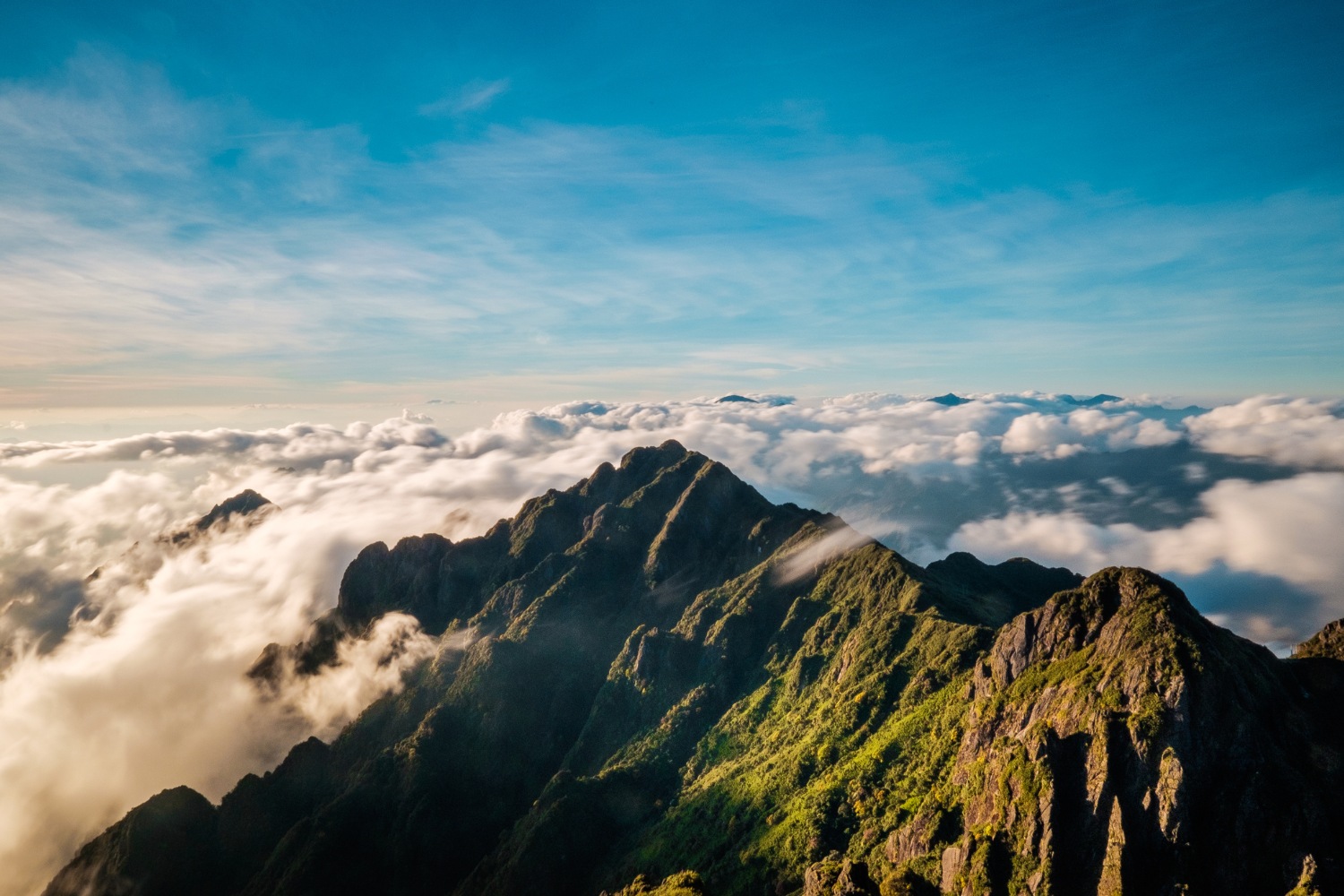
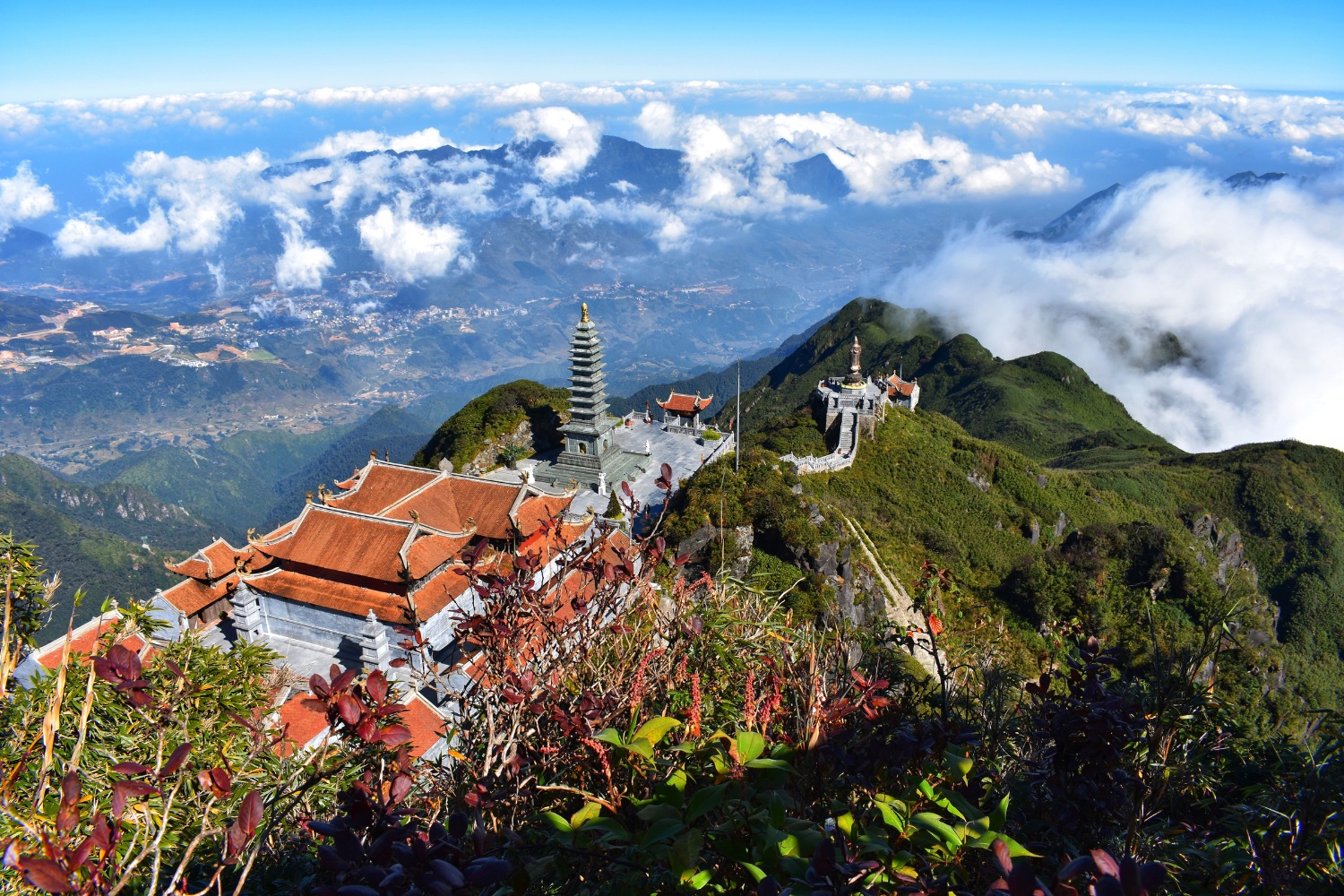
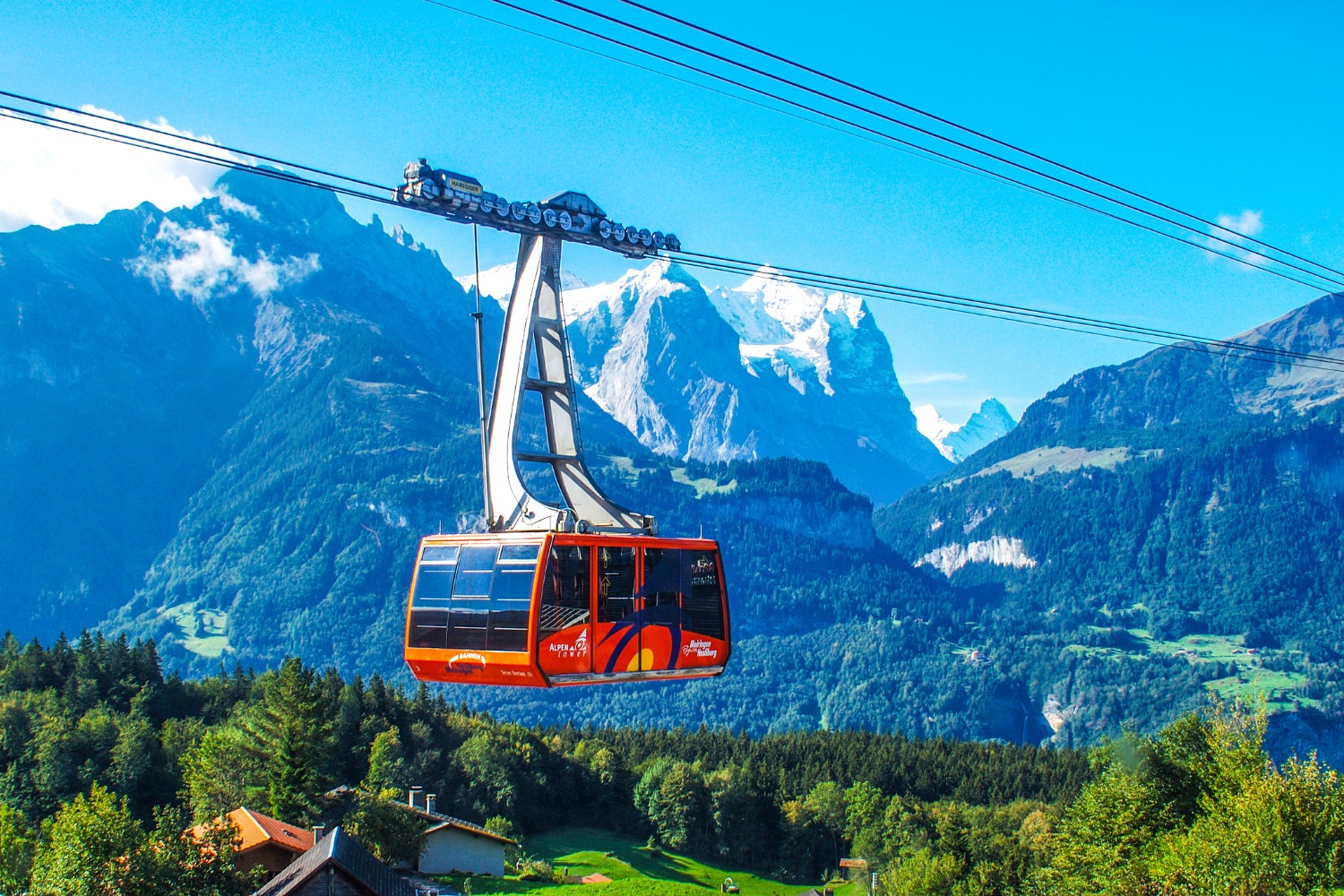
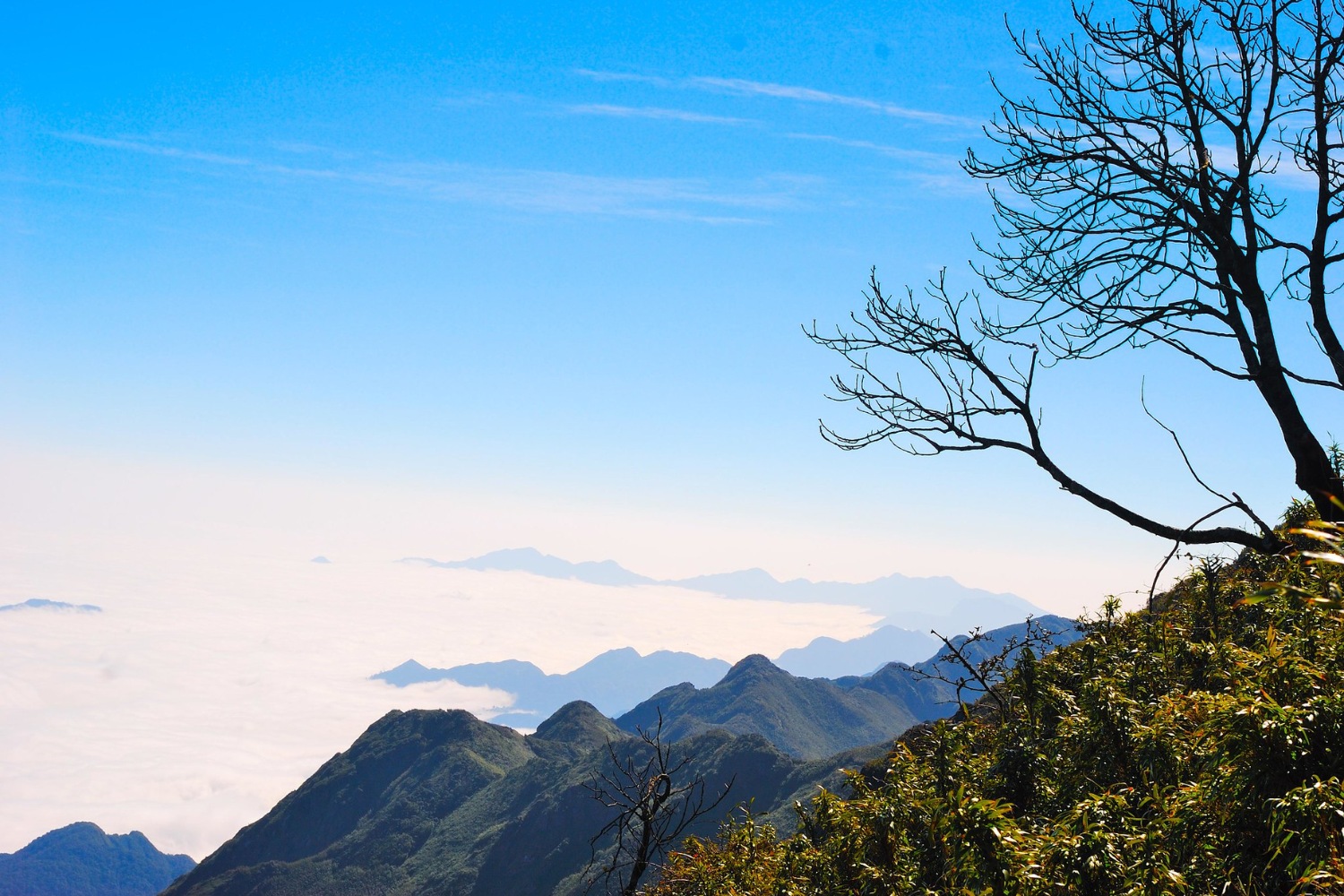
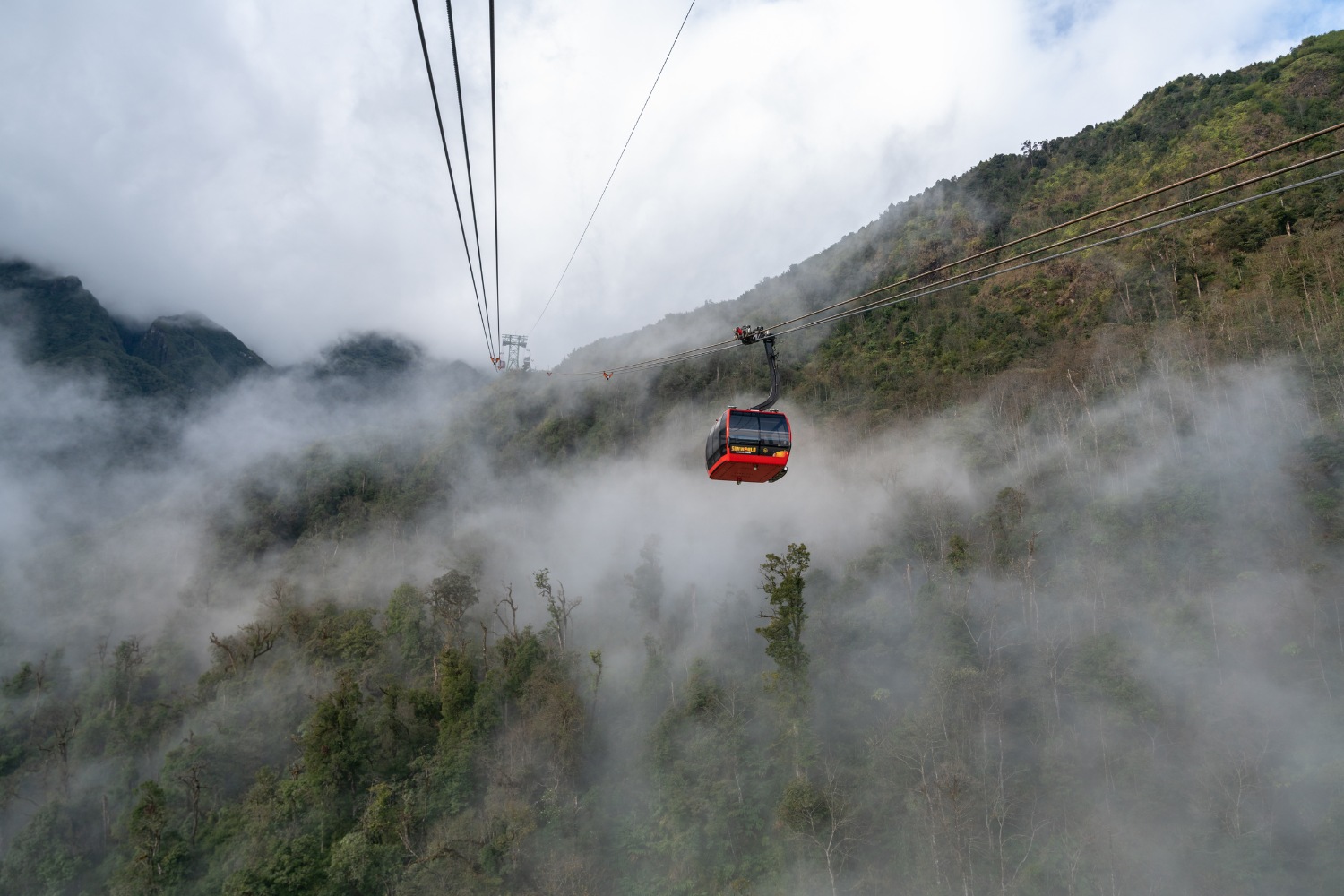
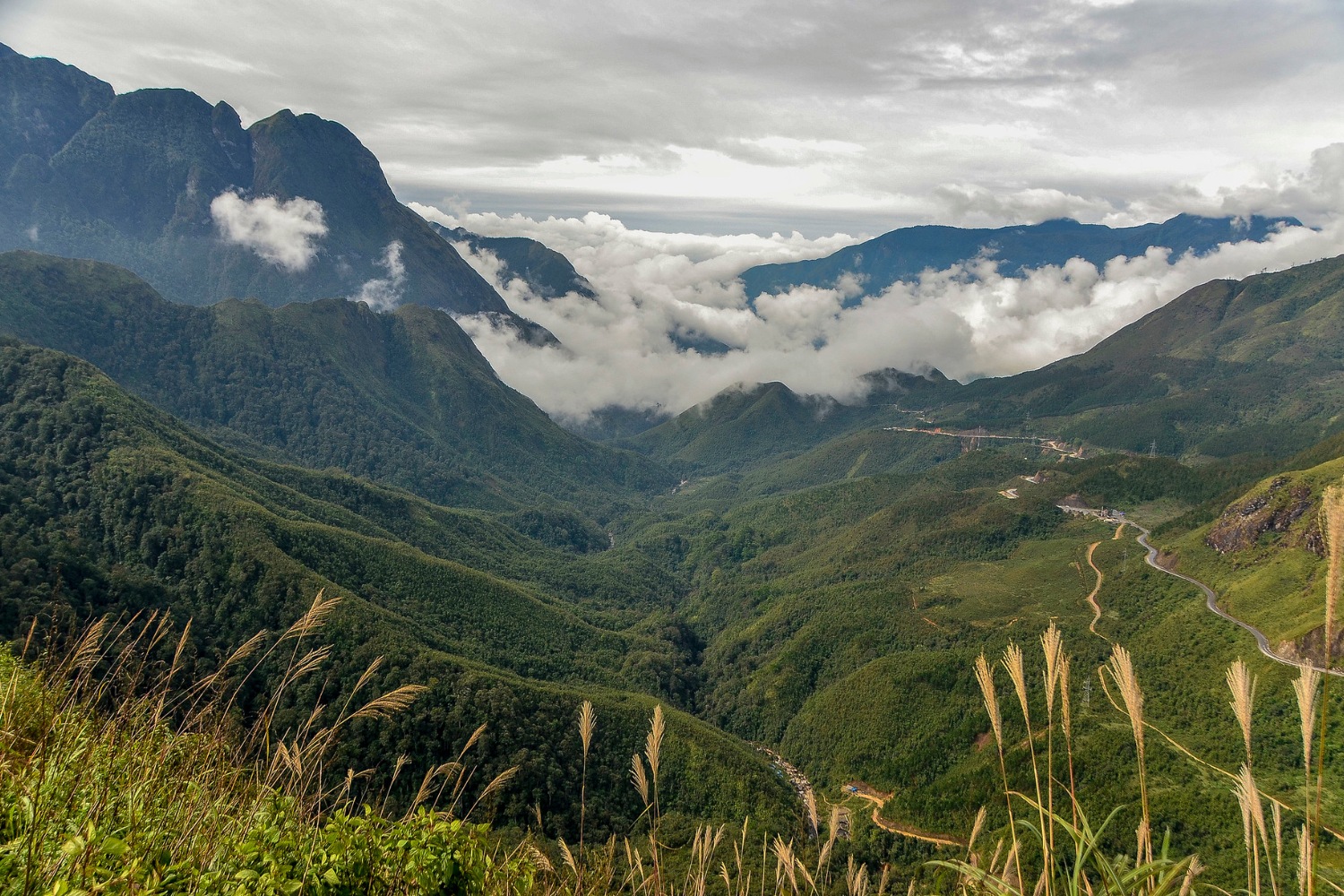
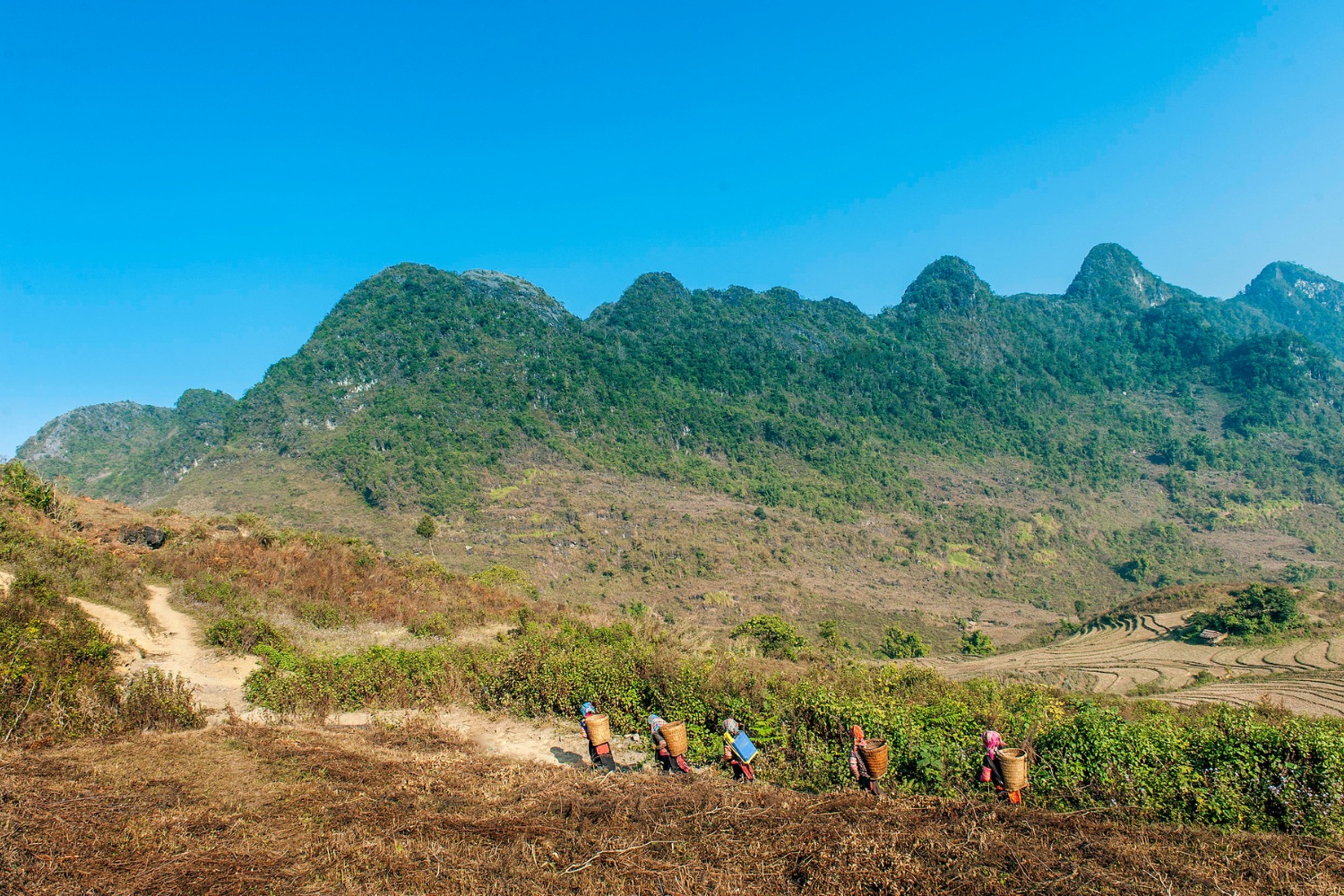
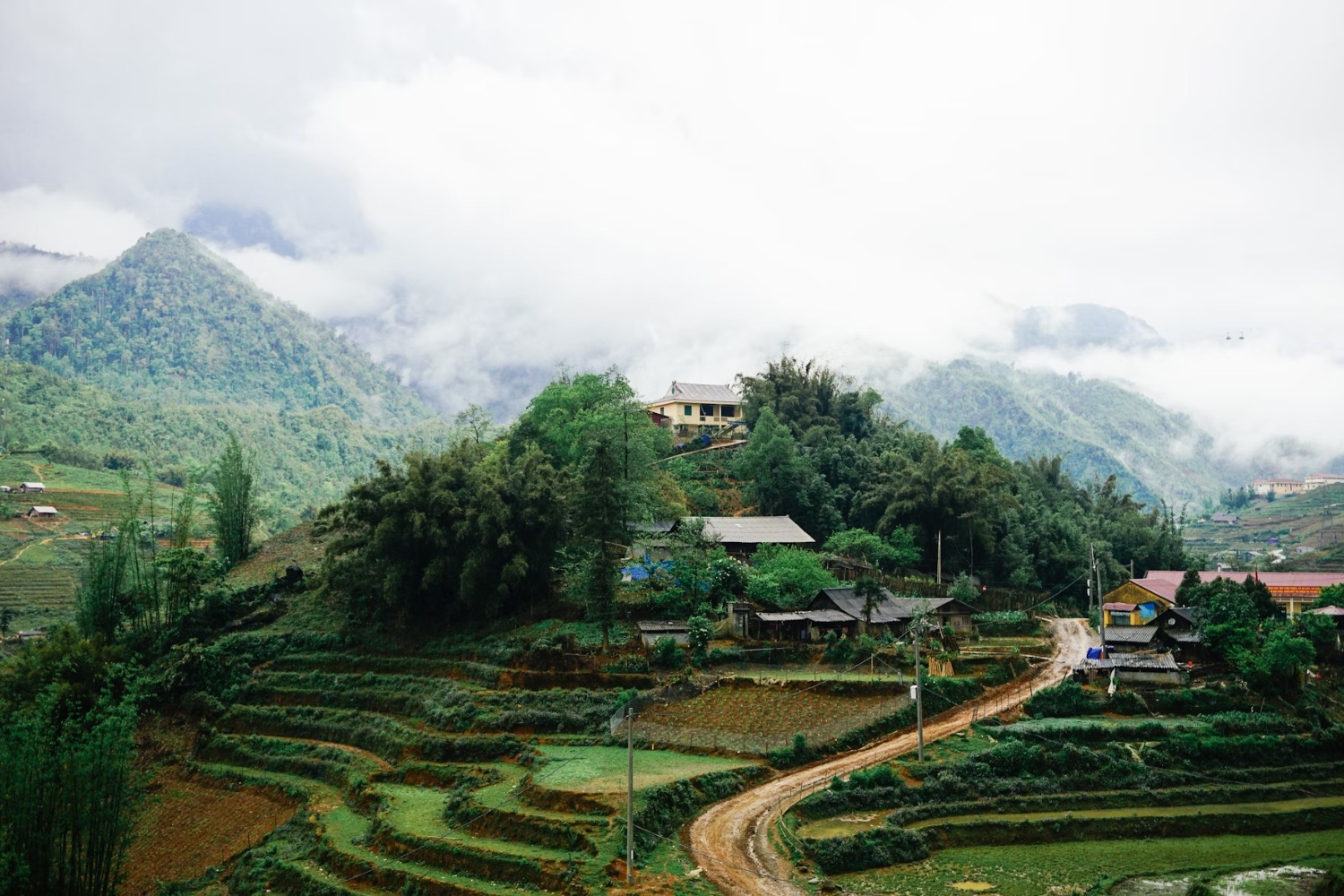
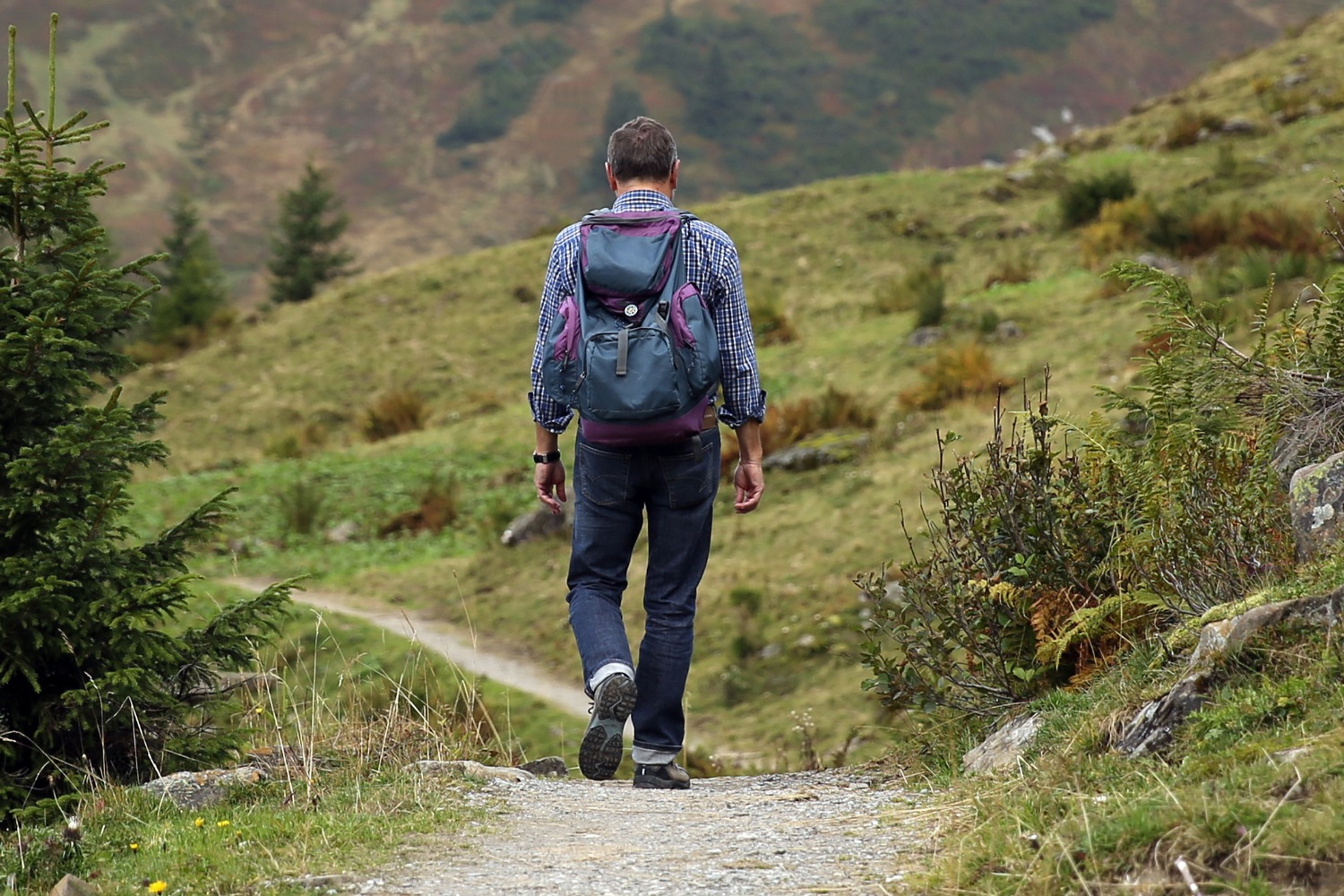
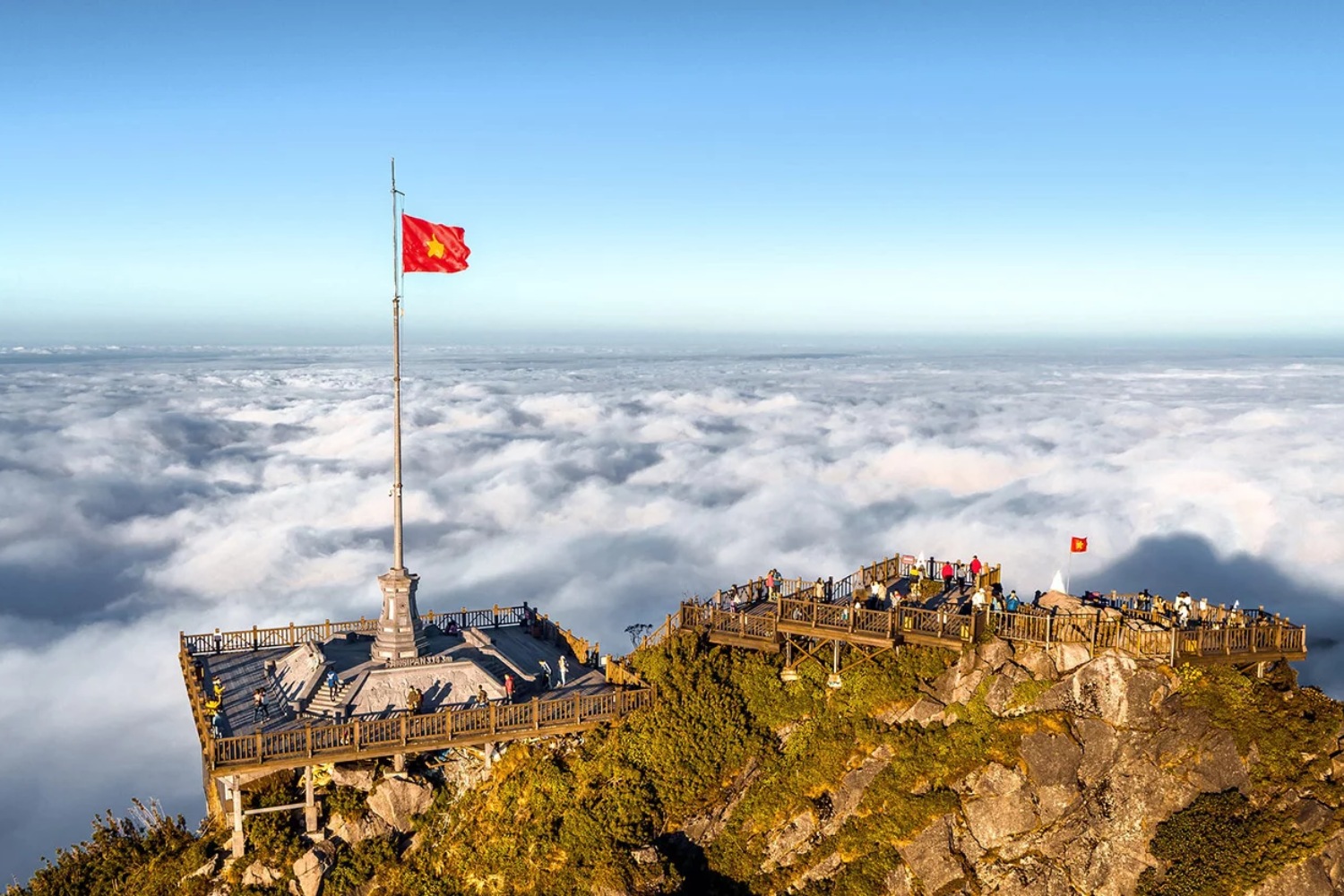
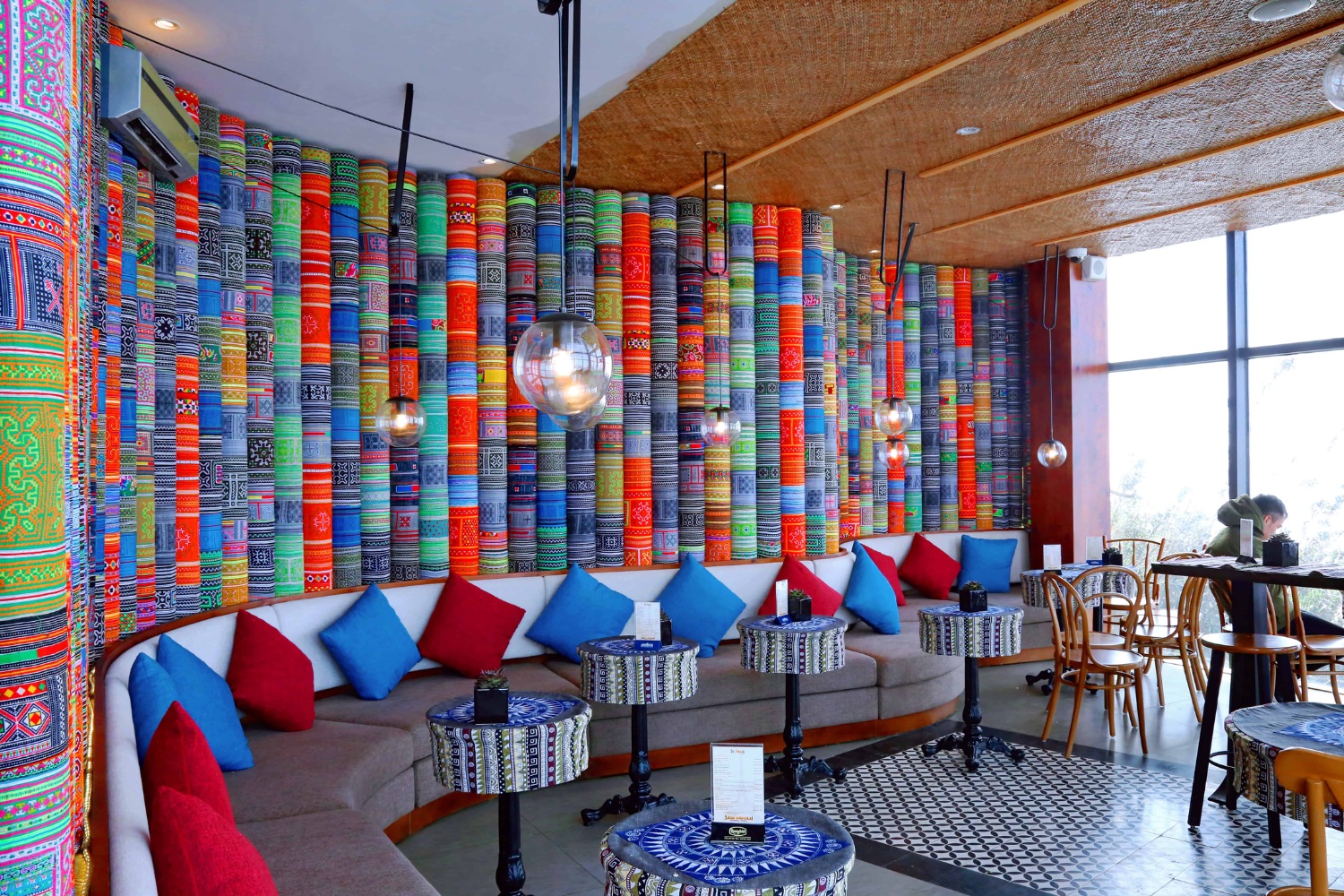
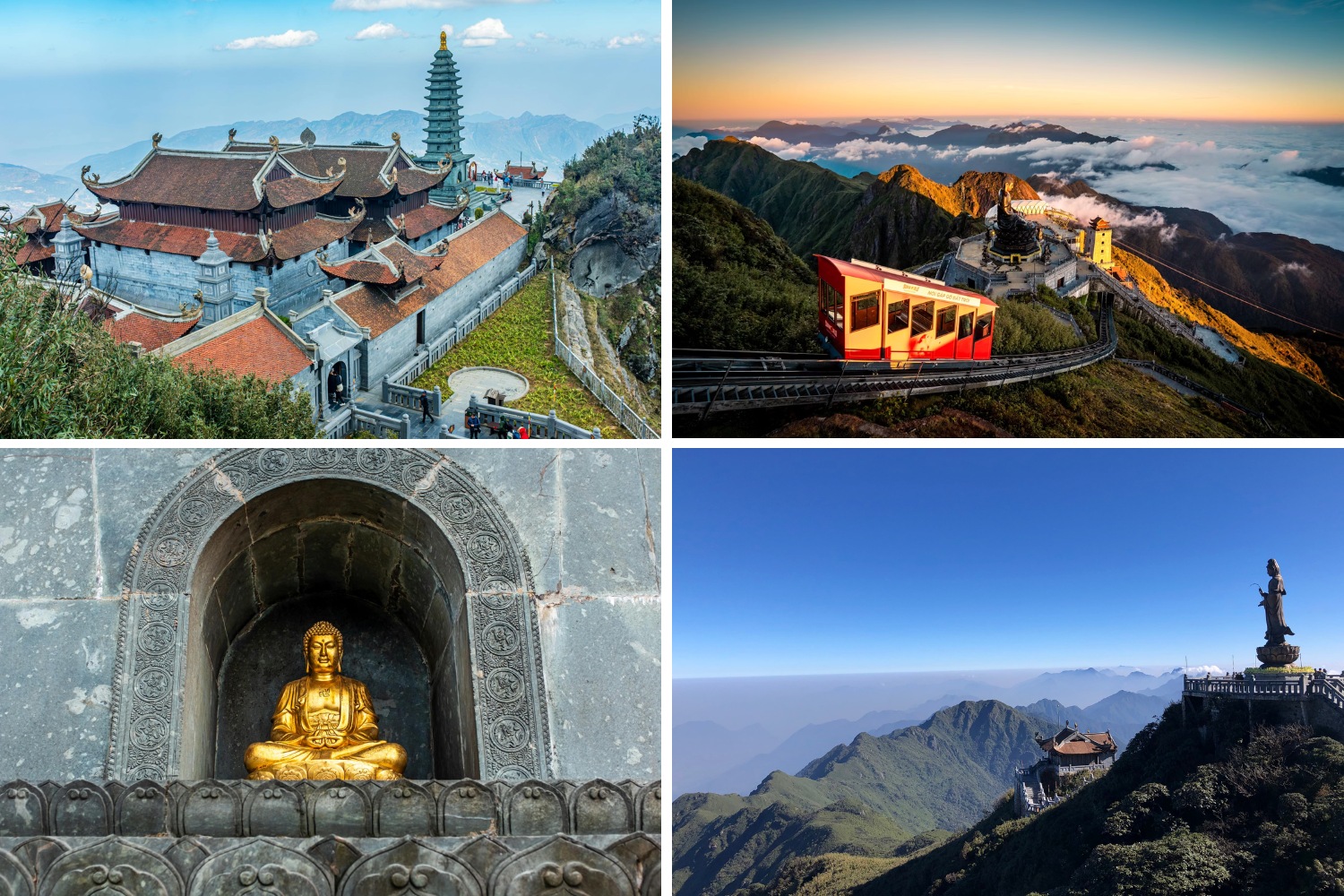

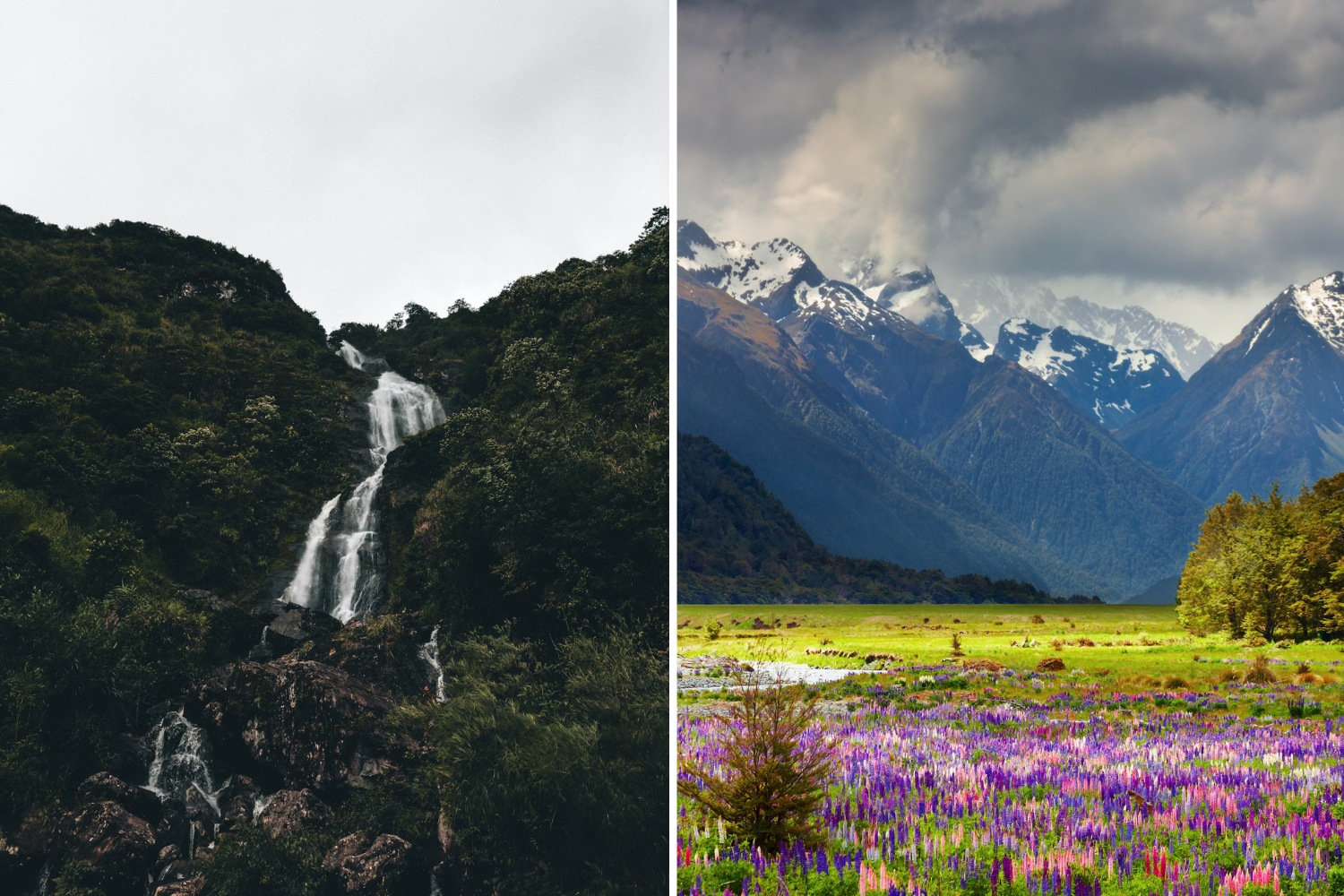
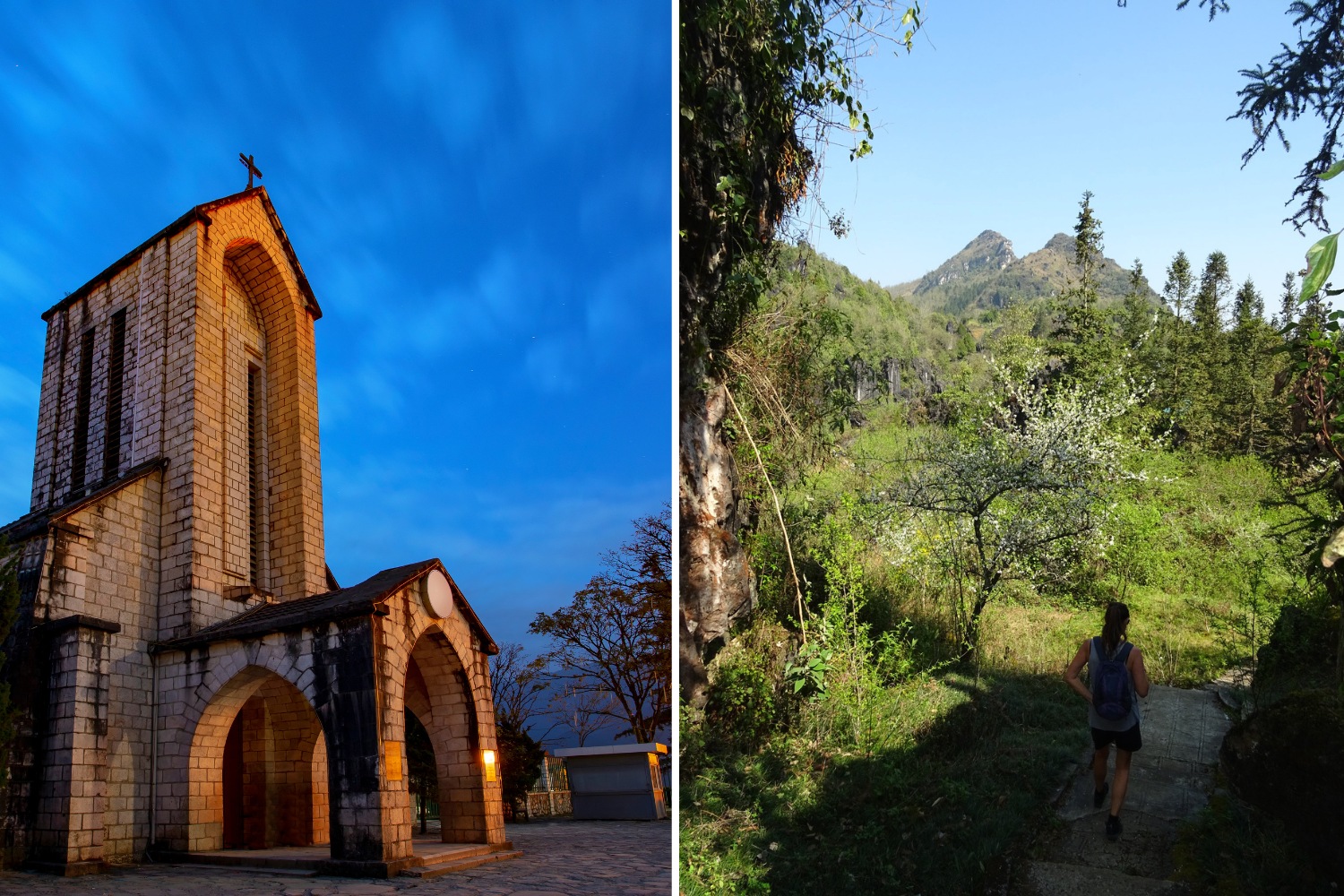
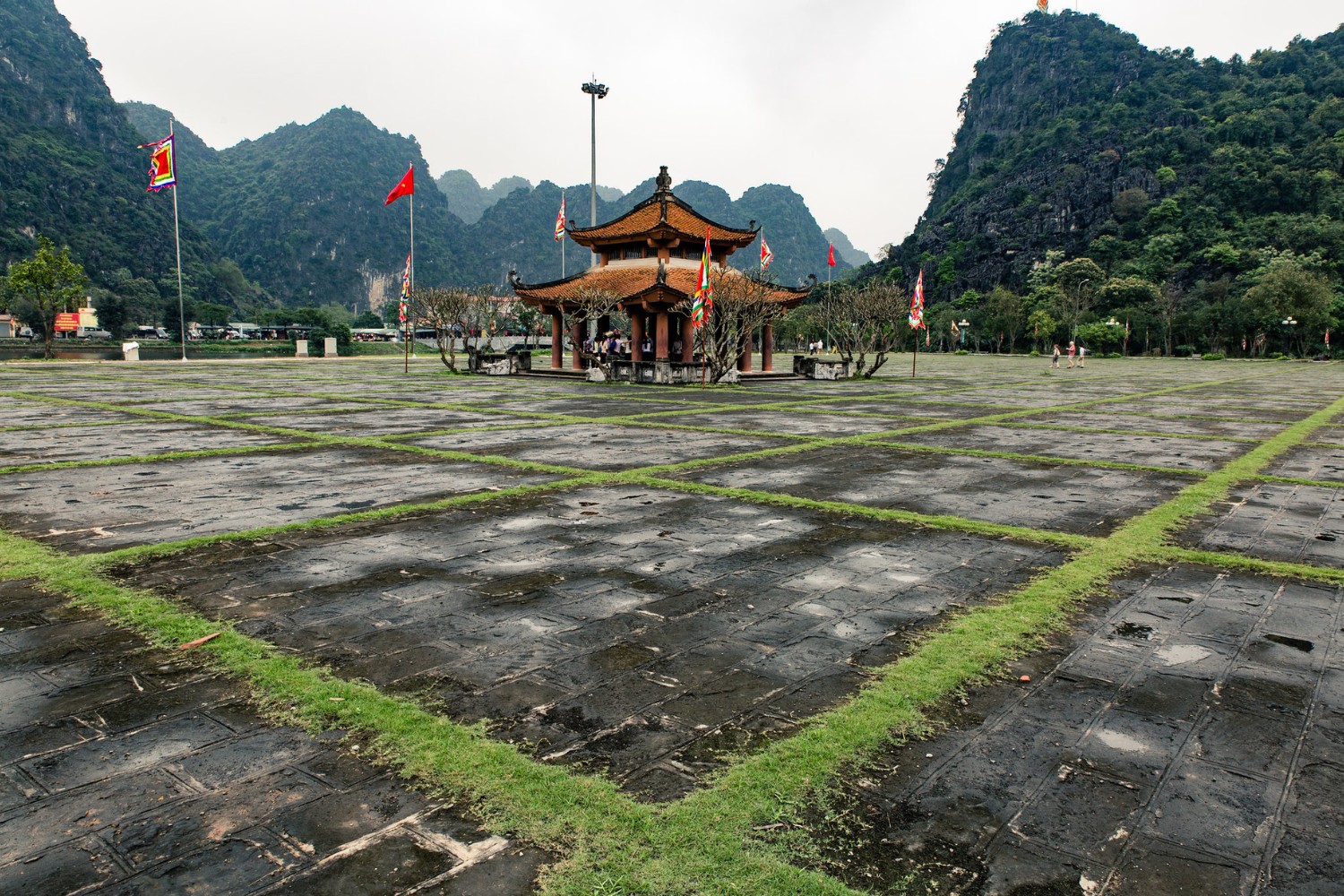

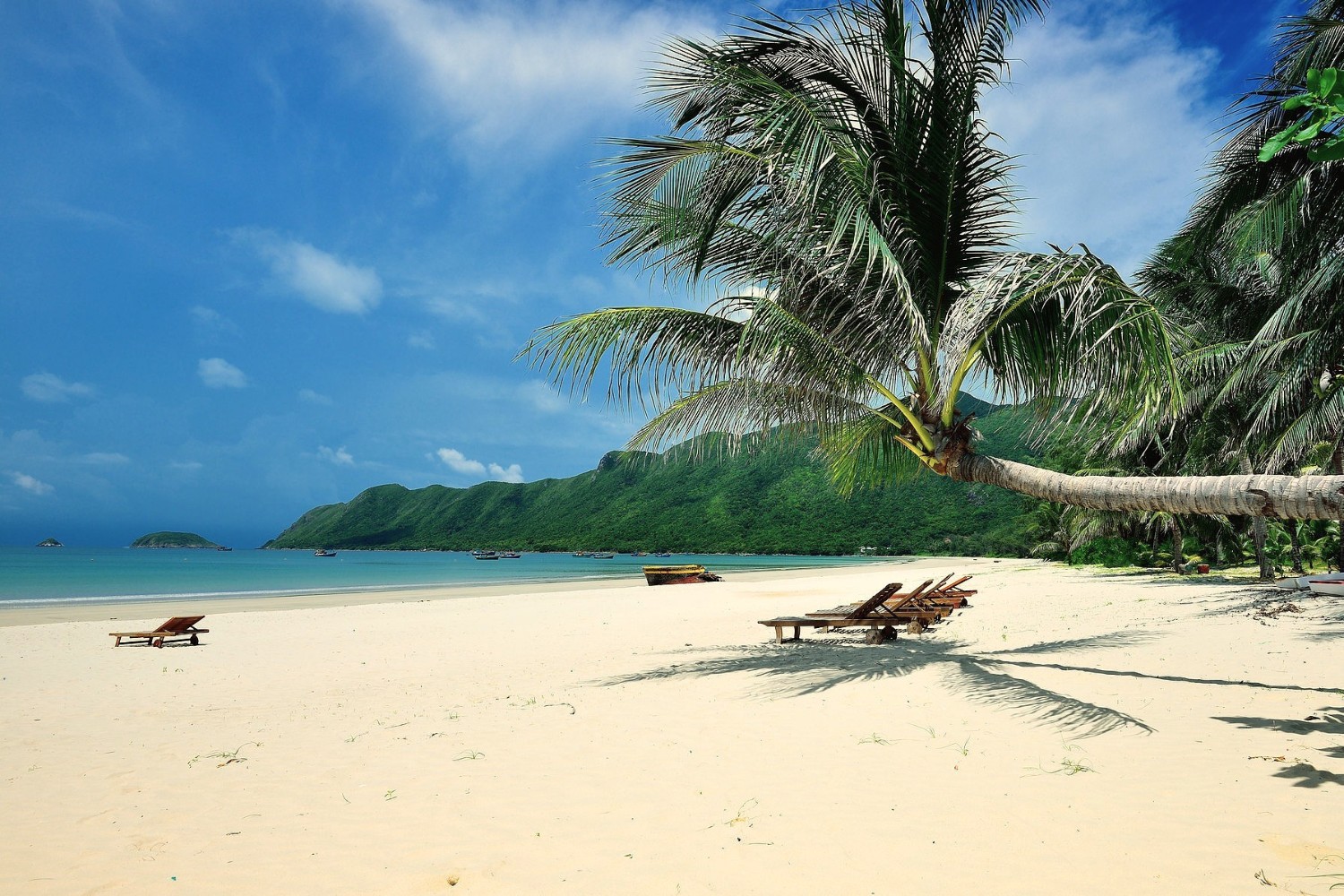
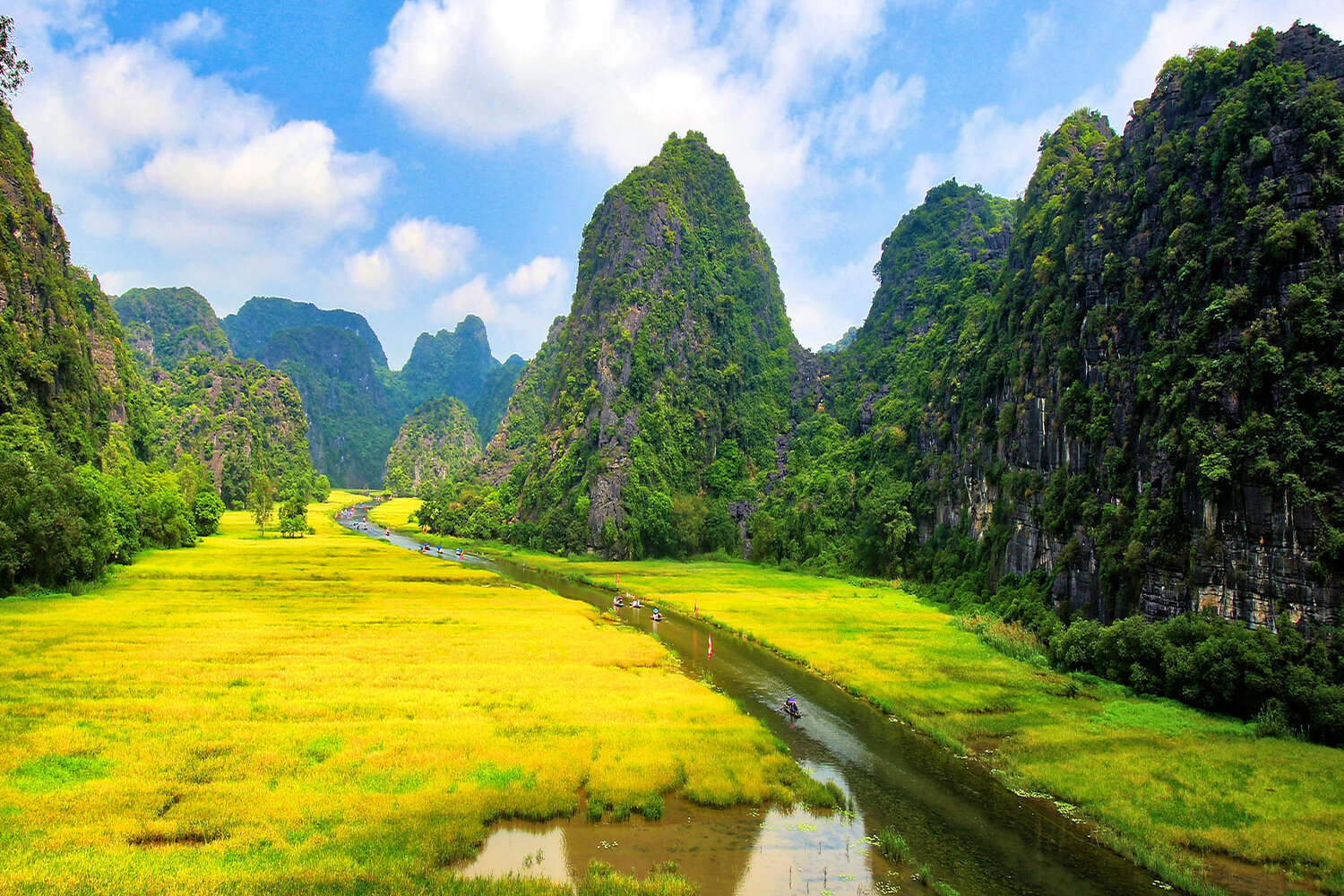
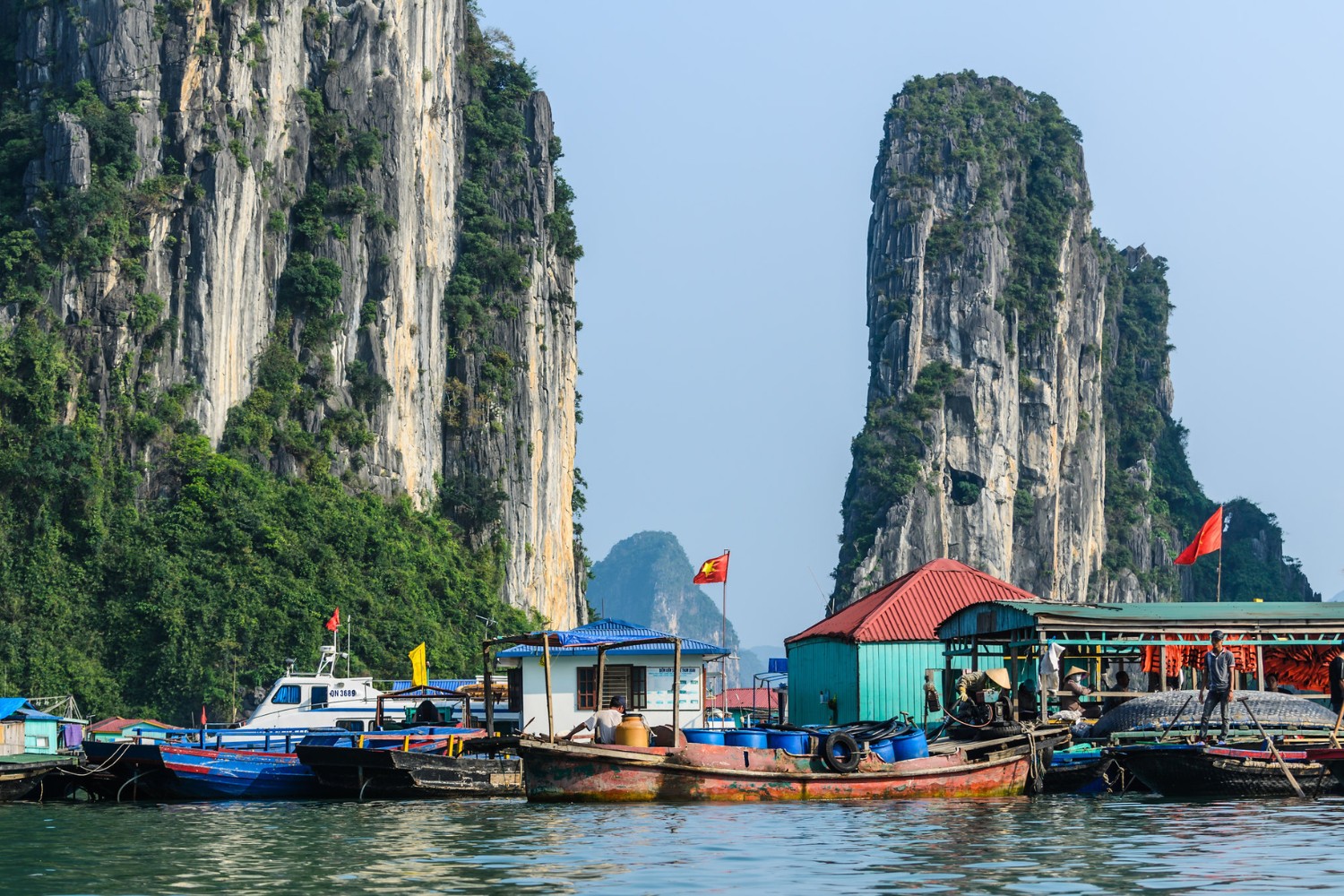
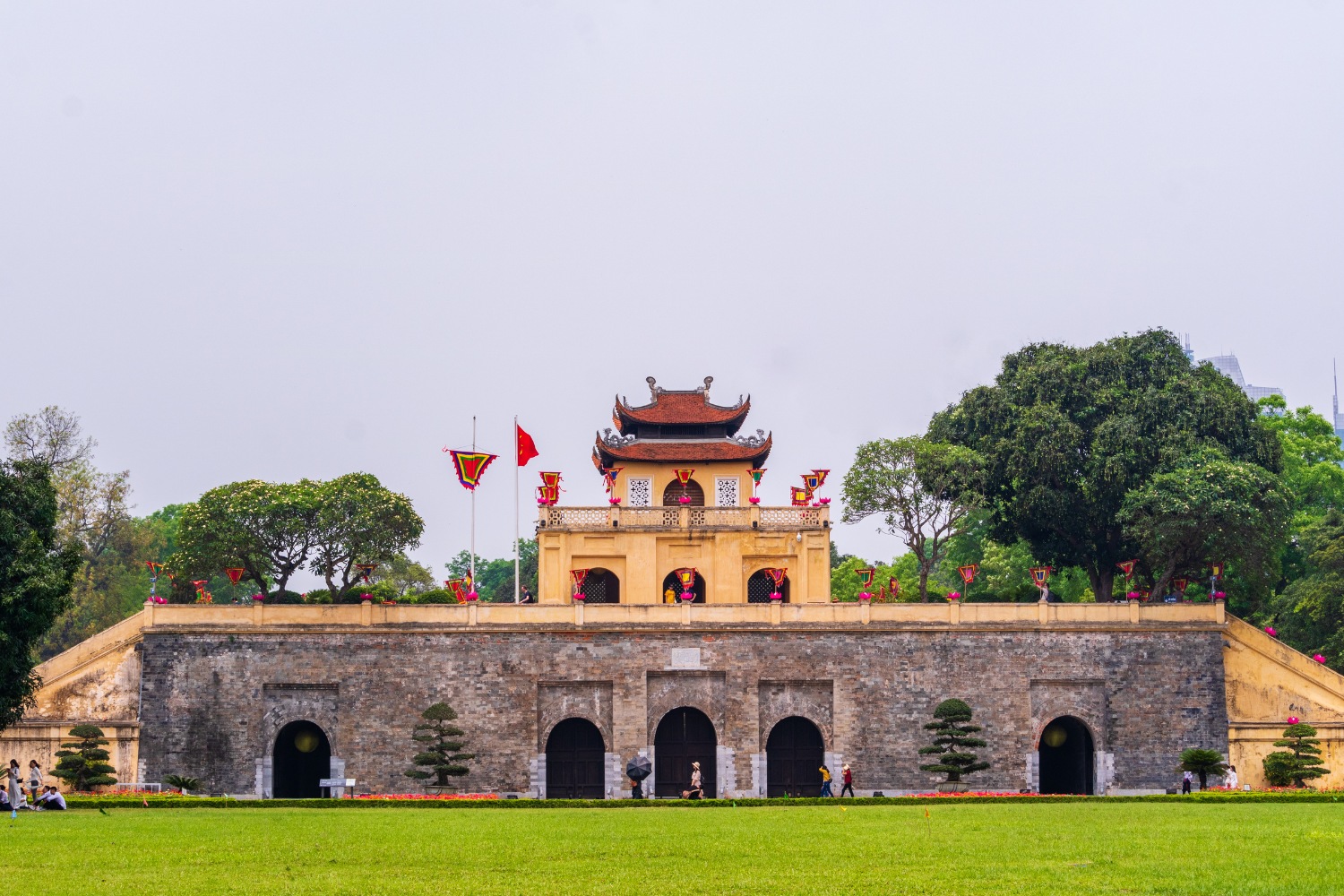
__637051765075307793.jpg)
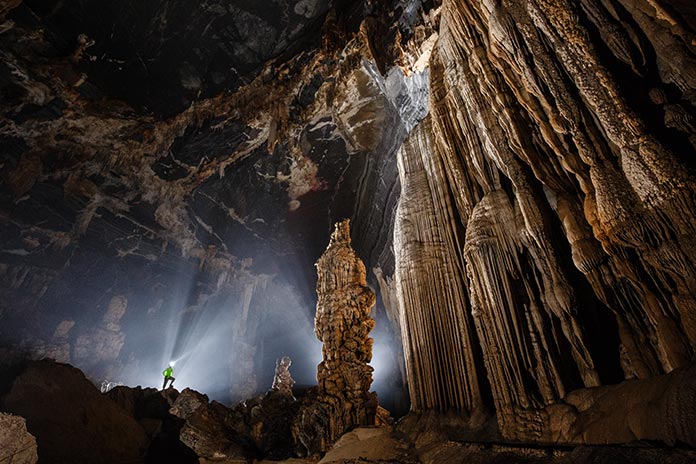
__637051782550081035.jpg)
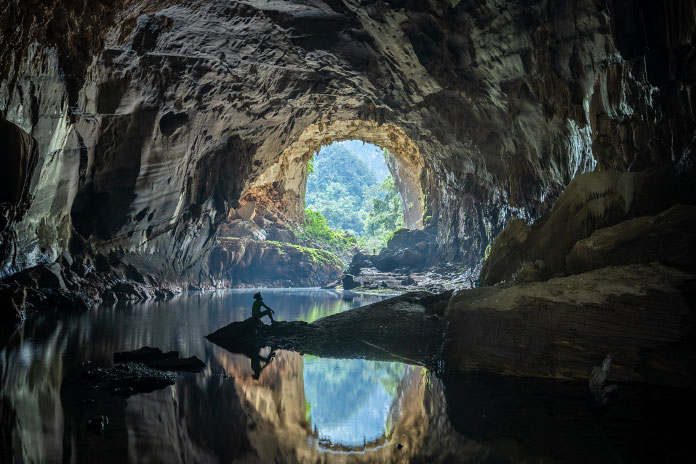
__637051777074859032.jpg)
__637051780703588520.jpg)
__637051781488596056.jpg)
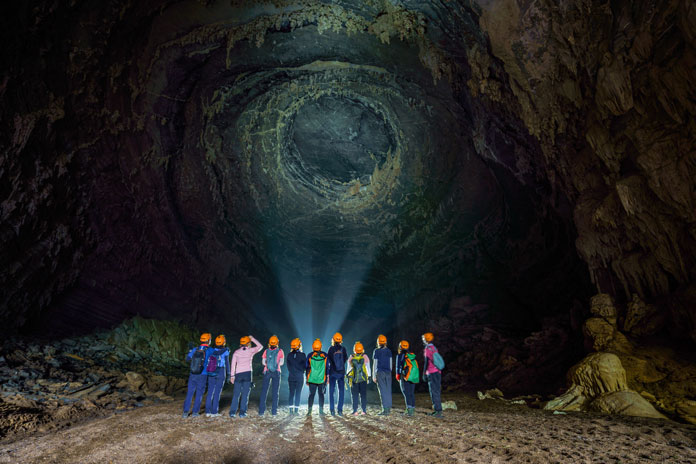
__637051767008903435.jpg)
__637051774329206026.jpg)
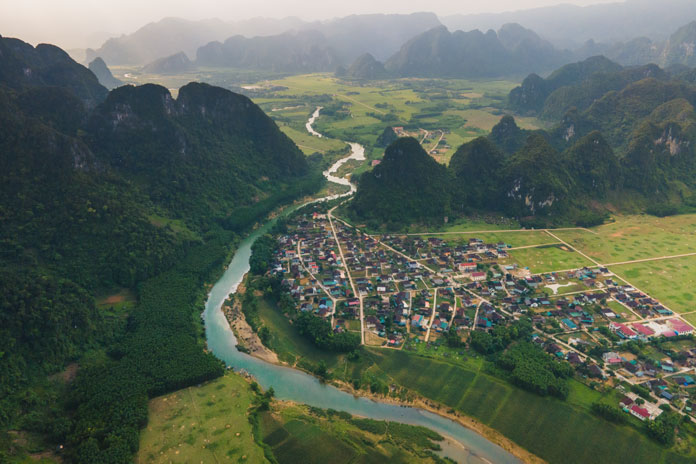
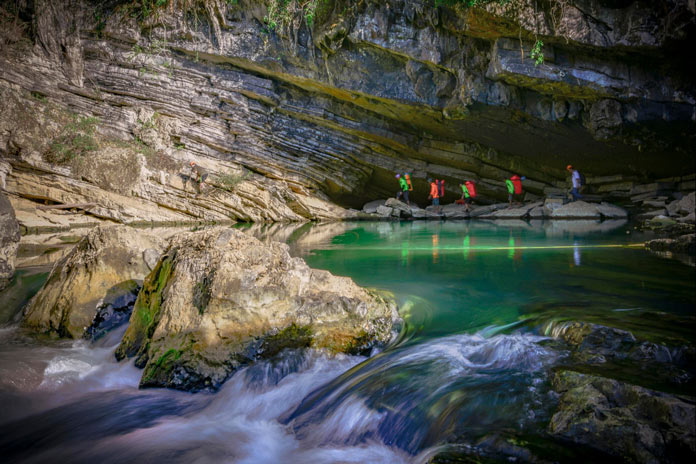
__637740499994967442.jpg)

